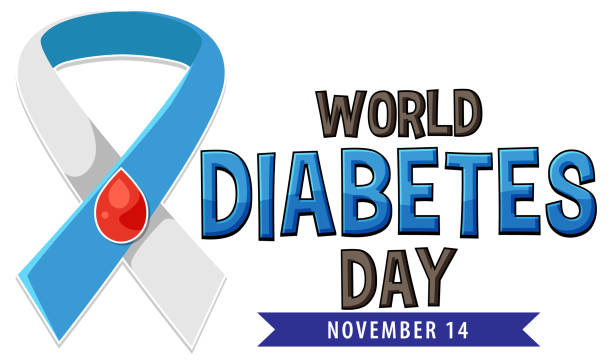From the center for infection prevention
Analyzed cases of type 1 and type 2 diabetes are flooding among young people in the US. From 2001 to 2017, the number of people under the age of 20 living with type 1 diabetes increased by 45% and the number living with type 2 diabetes increased by 95%.
Type 1 diabetes remains the most prevalent type of diabetes among U.S. youth, according to a report distributed today in JAMA, "Patterns of Prevalence of Type 1 and 2 Diabetes in U.S. Youth and Adolescents, 2001-2017."
"The expansion of diabetes is an ongoing concern—especially in youth. The increasing rate of diabetes, particularly preventable type 2 diabetes, may be a source of chronically fragile outcomes," said Giuseppina Imperatore, MD, PhD, lead author of the observation. , Disease Transmission Studies, Financial Affairs, and Measurement in the CDC's Division of Diabetes Interpretation. "Unlike individuals who develop diabetes in adulthood, young people are forced to support the turmoil associated with diabetes at an earlier age and are at greater risk of an unexpected exit."
Other key findings from the report:
- The estimated number of young adults aged 0-19 with type 1 diabetes increased from 148 per 100,000 in 2001 to 215 per 100,000 in 2017.
- From 2001-2017, there was a critical increase in the number of young people living with type 1 diabetes aged 5-9, 10-14, and 15-19 years, for both sexes and for every racial and ethnic gathering.
- Type 1 diabetes remains more common among white youth than among racial or ethnic minority youth.
- The estimated number of young people aged 10-19 with type 2 diabetes increased from 34 per 100,000 in 2001 to 67 per 100,000 in 2017.
- From 2001-2017, a critical increase in the number of young people living with type 2 diabetes was observed among youth aged 10-14 and 15-19 years, for both sexes, and for every racial and ethnic group.
- Type 2 diabetes remains more normal among racial or ethnic minority youth than among white youth.
- The influence of different racial and ethnic assemblages on youth may also be linked to social determinants of well-being, such as where young people live and play.
"More research is expected to better understand the underlying reasons for the increase in type 1 and type 2 diabetes among U.S. youth," said Jean M. Lawrence, ScD, MPH, MSSA, lead author of the paper and supervisor of the Diabetes Study of Disease Transmission Program, Department of of Diabetes, Endocrinology, and Metabolic Diseases at the Diabetes, Gastroenterology, and Kidney Diseases Public Foundation at NIH. "The increase in the prevalence of type 2 diabetes could be due to the increasing rate of young life-weight, in utero openness to the mother and diabetes, or increased screening for diabetes. The impact of diabetes on youth is of concern because it may adversely affect these adolescents as they age and may be a wound in the future a sign of people's strength."
The findings come from the Quest for Diabetes in Youth study, supported by the Habitats for Infectious Prevention and Control (CDC) and the Public Establishments of Wellbeing (NIH).








0 Comments